Tourism transforms destinations in fascinating ways, often turning once-authentic cultural hubs into shopping paradises. The economics are simple: tourists want mementos, and locals adapt to provide them, often with remarkable speed and ingenuity.
Here is a list of 20 destinations around the world where souvenir vendors dramatically outnumber traffic signals, creating unique shopping landscapes that have become attractions in themselves.
Santorini, Greece
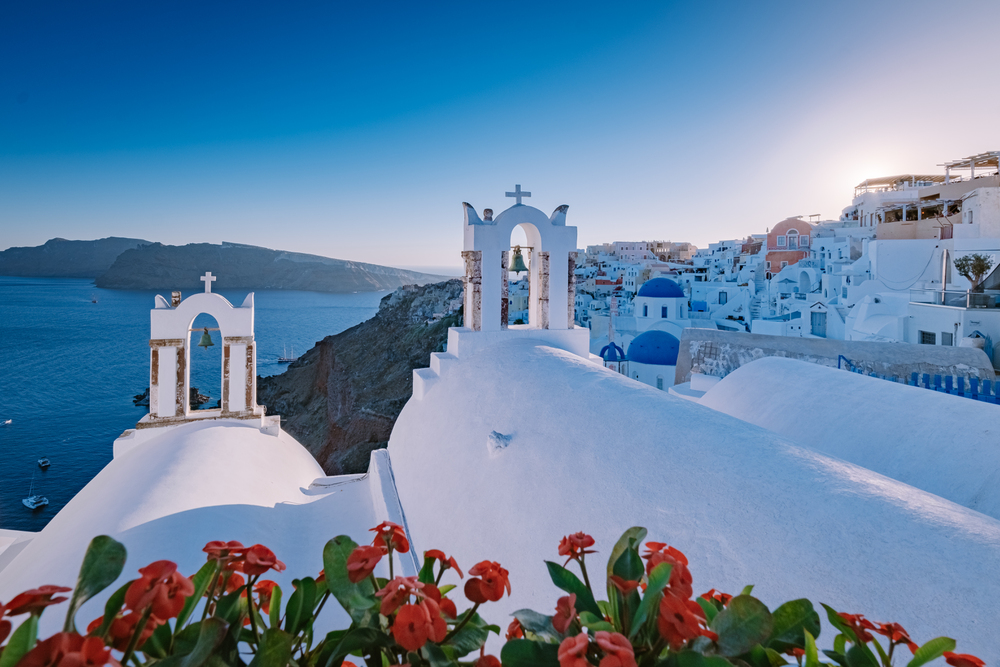
The winding cobblestone streets of Santorini burst with tiny shops selling everything from olive oil soap to miniature white-and-blue buildings. Locals joke that you can walk from one end of Oia to the other and pass fifty souvenir shops without encountering a single traffic light.
The sheer volume of identical magnets and postcards makes you wonder if all these shops are supplied by the same warehouse hidden somewhere beneath the volcanic island.
Times Square, New York
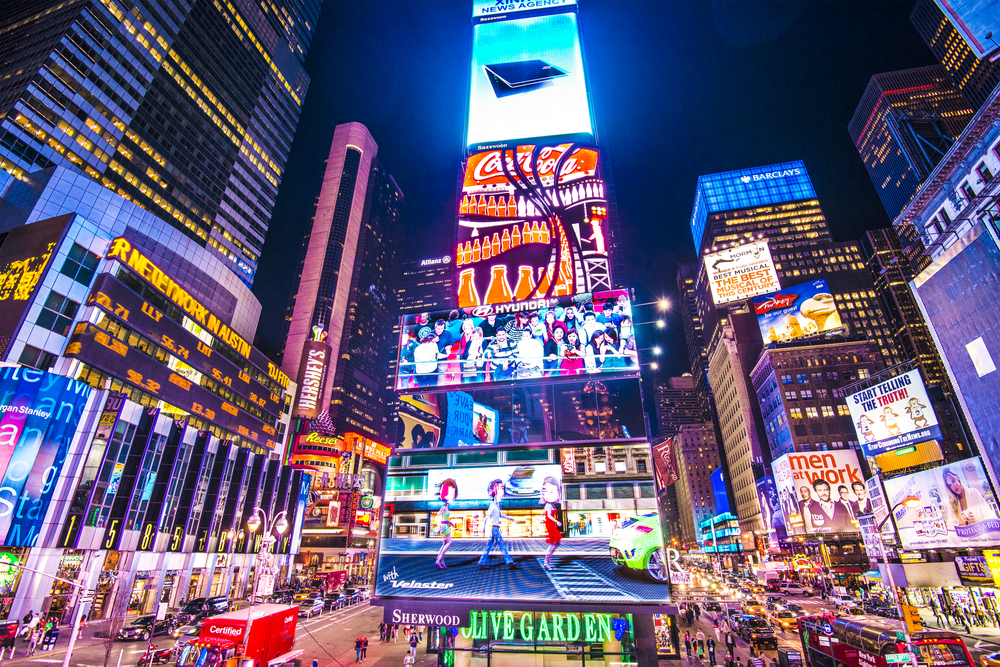
Despite being in the heart of America’s largest city, Times Square maintains a remarkably low ratio of traffic signals to shops selling ‘I ♥ NY’ merchandise. Street vendors line every available inch of sidewalk, offering miniature Statues of Liberty and skyline snowglobes mere feet from their competitors.
The density of souvenir stands in these few city blocks defies logic, creating an urban bazaar that never sleeps and rarely stops trying to sell you a branded hoodie.
Like Travel Pug’s content? Follow us on MSN.
Playa del Carmen, Mexico
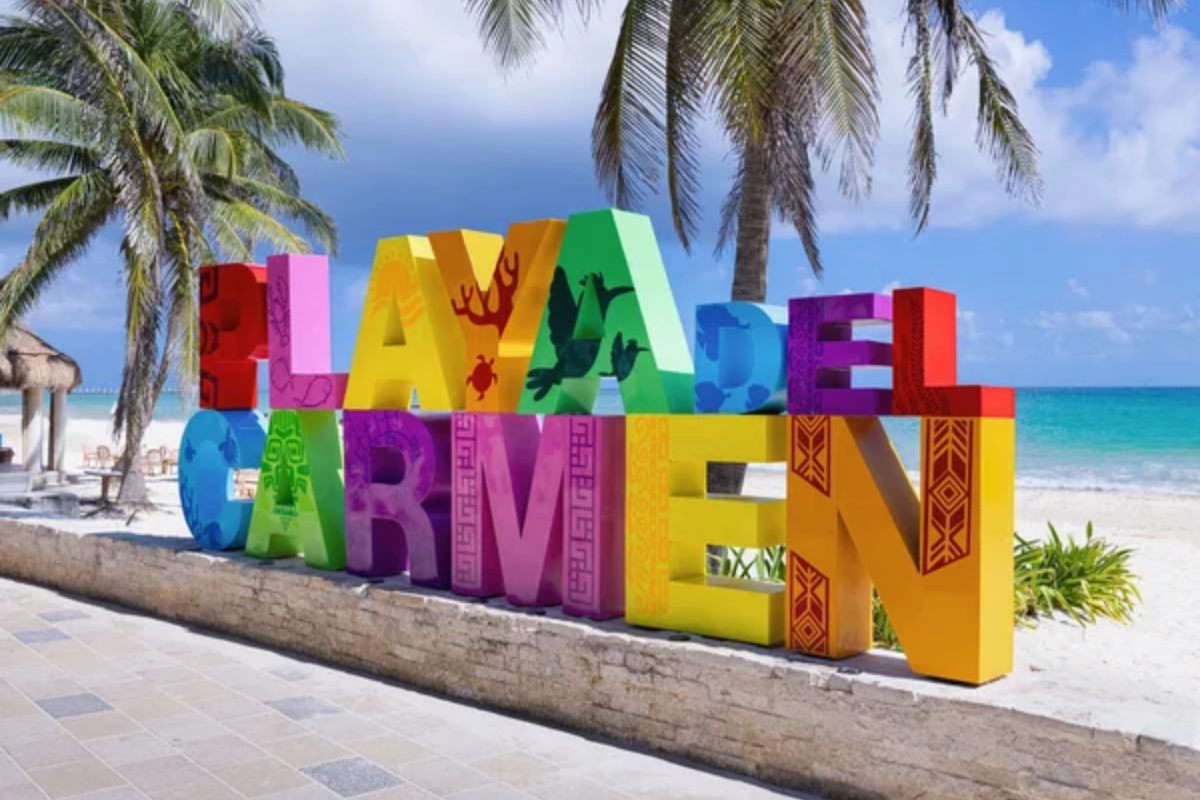
Fifth Avenue in Playa del Carmen stretches for nearly a mile with virtually no interruptions from traffic lights but hundreds of opportunities to purchase sombreros and ceramic suns. The pedestrian-friendly shopping street becomes a maze of persistent vendors and colorful displays that transform an evening stroll into an endurance sport.
Visitors quickly learn to navigate the gauntlet of identical shops selling variations of the same hammocks and tequila bottles.
Montmartre, Paris

The charming hilltop district of Montmartre relies on narrow, winding streets that barely accommodate cars, making traffic lights nearly obsolete. Meanwhile, artists and vendors crowd Sacré-Cœur’s approaches, creating a bizarre ratio of Eiffel Tower keychains to functional infrastructure.
The area has maintained its artistic heritage while simultaneously becoming a place where you can purchase a caricature of yourself, a beret, and a miniature Paris skyline within five steps.
Kuta Beach, Bali

The narrow lanes of Kuta boast approximately one traffic light per hundred shops selling identical sarongs and wooden masks. Motorbikes navigate the maze of stalls without the aid of traffic signals, creating a chaotic yet somehow functional system.
The beach itself serves merely as a backdrop to the real attraction—a seemingly infinite stretch of vendors selling everything from shell necklaces to questionable designer knockoffs.
Like Travel Pug’s content? Follow us on MSN.
Camden Market, London
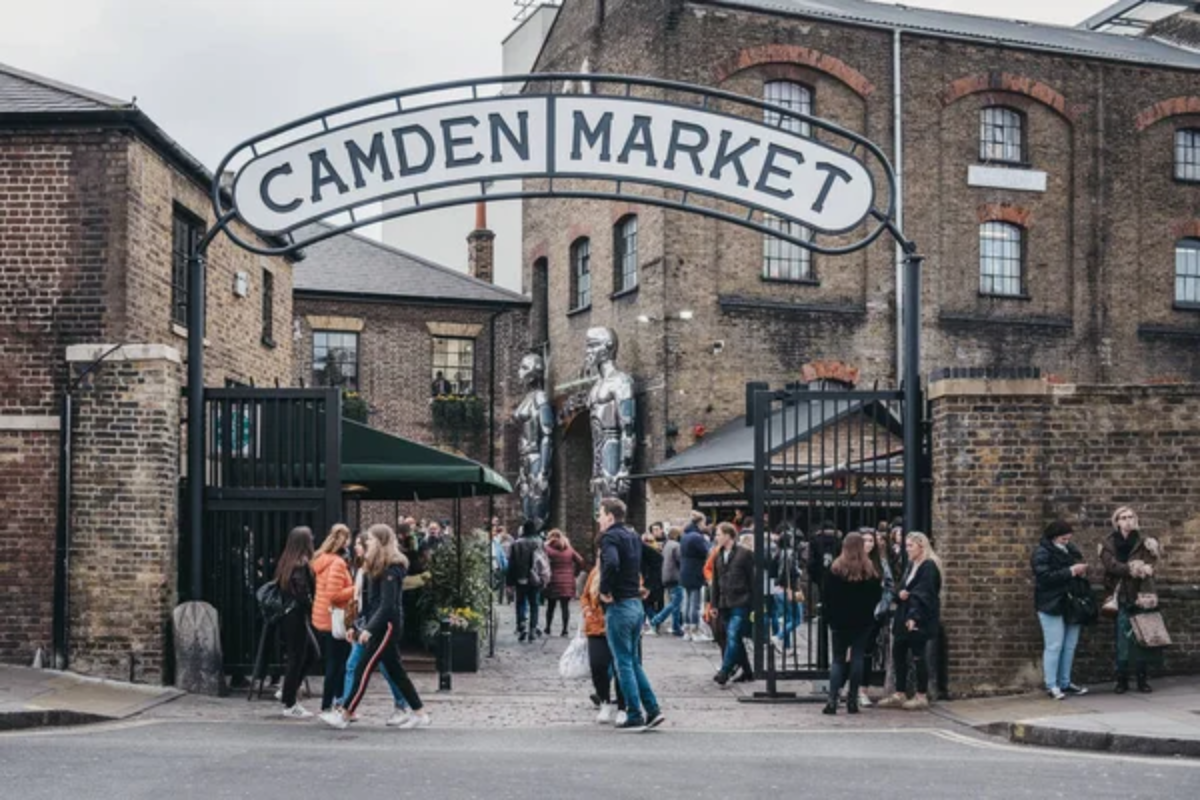
This sprawling market has virtually no traffic lights but houses thousands of stalls selling Union Jack merchandise and Beatles memorabilia. The labyrinthine passages are filled with tourists hunting for quirky souvenirs, and barely a functioning traffic signal can be found.
The sheer density of shopping opportunities makes it mathematically certain that you’ll return home with at least one item emblazoned with a British icon.
Fisherman’s Wharf, San Francisco

Despite being part of a major US city, this waterfront district maintains a startlingly low ratio of traffic infrastructure to shops selling miniature Golden Gate Bridges. The few blocks surrounding Pier 39 contain enough souvenir outlets to provide every visitor with multiple opportunities to purchase San Francisco-themed clothing.
The neighborhood has embraced its tourism identity so thoroughly that finding anything not branded with ‘SF’ requires significant effort.
Varanasi Ghats, India

The ancient steps leading to the Ganges contain no traffic lights but hundreds of vendors selling religious trinkets and silk scarves. The sacred atmosphere blends seamlessly with commerce in one of humanity’s oldest continuously inhabited cities.
Pilgrims and tourists alike navigate the narrow alleys where merchants have operated for centuries, proving that souvenir selling predates modern traffic management by millennia.
Like Travel Pug’s content? Follow us on MSN.
Chichen Itza, Mexico

The famous Mayan ruins feature zero traffic lights but well over a hundred souvenir stands selling identical miniature pyramids. The archaeological site has become as famous for its gauntlet of vendors as for its ancient structures.
Visitors must navigate clusters of stalls arranged with military precision along every pathway, creating the impression that commerce might have been as important to the ancient Maya as it is to their modern counterparts.
Khao San Road, Bangkok

This backpacker haven features exactly one traffic light at its entrance, but hundreds of stalls selling elephant pants and bucket hats. The pedestrianized chaos operates on its unique system where commerce trumps traffic management entirely.
The infamous street has evolved from a simple market to a place where you can buy a fake ID, a fried scorpion, and a ‘Same Same But Different’ t-shirt without ever encountering a functioning traffic system.
Old Town, Prague
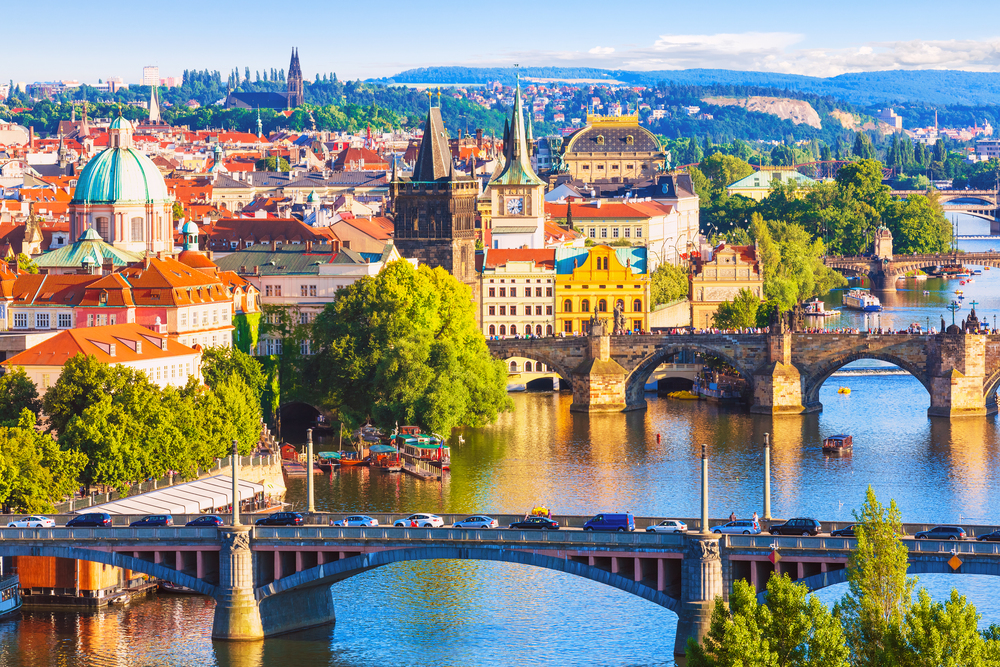
The medieval center of Prague relies on narrow cobblestone streets where cars are secondary to the Czech crystal shops that appear every few feet. The UNESCO World Heritage site maintains its historic charm while simultaneously offering identical astronomical clock refrigerator magnets on virtually every corner.
The ratio of Bohemian glass shops to traffic signals might be the highest in Europe, creating a shopping density that makes finding your hotel again genuinely challenging.
Like Travel Pug’s content? Follow us on MSN.
Venice Beach Boardwalk, California

The pedestrian boardwalk runs for miles without a single stoplight but features an almost unbroken line of t-shirt vendors and souvenir stands. Street performers compete for attention with merchants selling identical California merchandise just steps from the ocean.
The colorful chaos has become as much a part of the Los Angeles experience as the beach itself, creating an ecosystem where traffic infrastructure is irrelevant but airbrushed license plates are abundant.
Marrakech Medina, Morocco
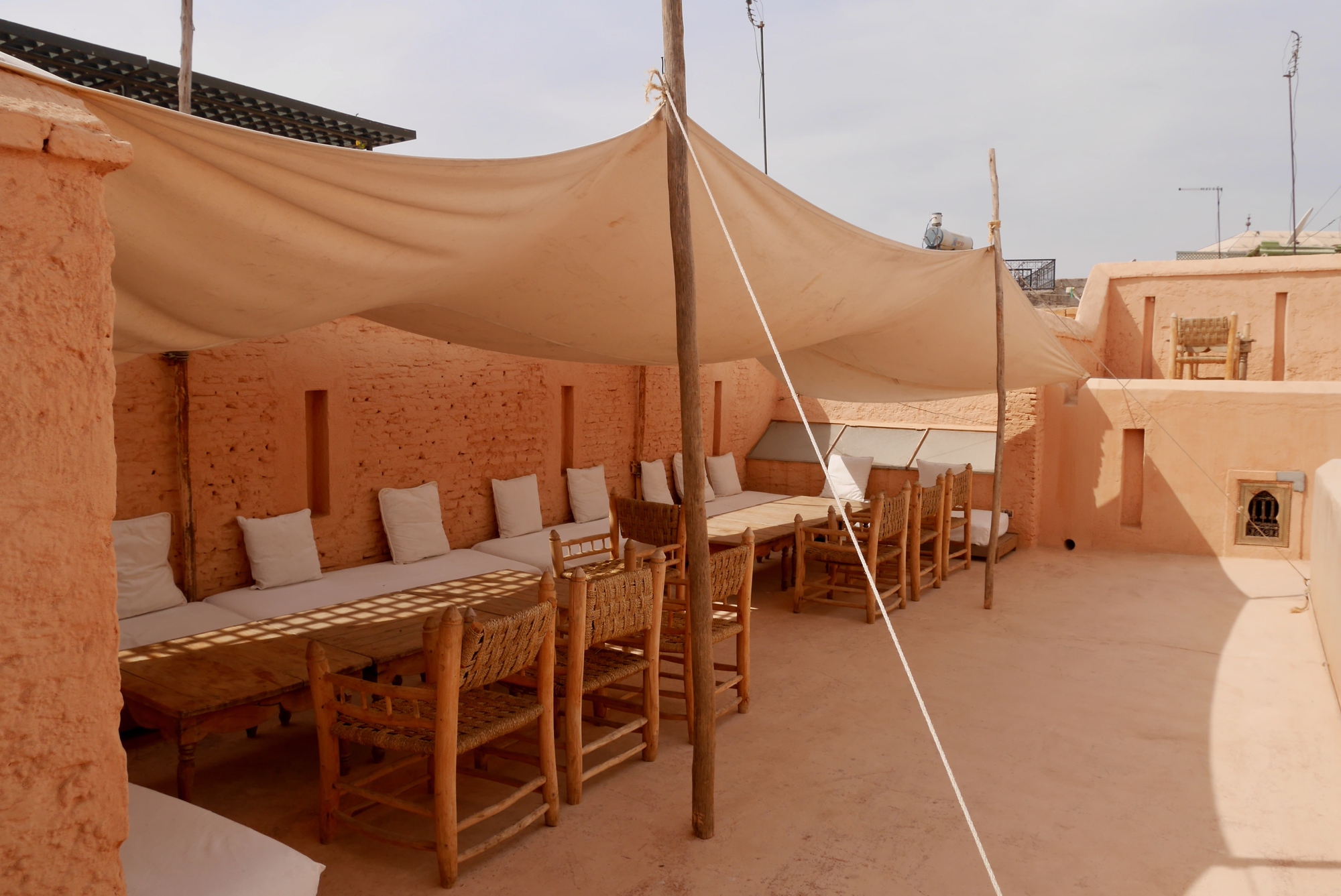
The ancient walled city center contains a labyrinth of narrow alleyways with absolutely no traffic lights, but thousands of stalls selling leather goods and metal lamps. Cars barely enter this pedestrian maze where commerce has functioned on the same principles for centuries.
The souks operate on a fascinating economic principle where the same items appear with remarkable consistency throughout the entire medina, yet each vendor insists theirs are unique.
Grand Bazaar, Istanbul
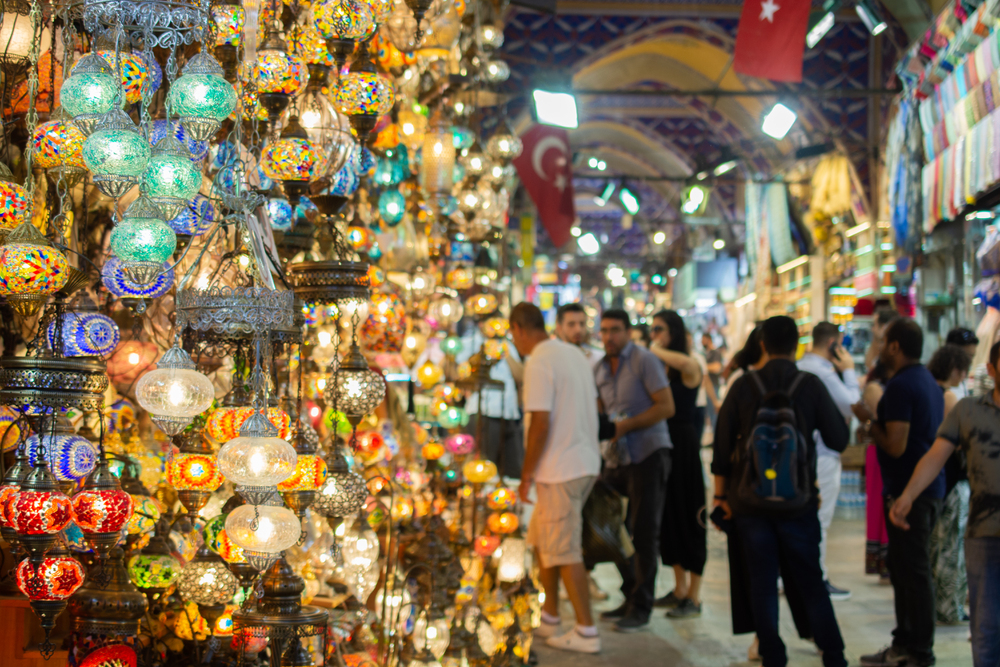
One of the world’s oldest covered markets contains over 4,000 shops across 61 streets with a remarkable absence of traffic signals. The historic shopping complex has been selling Turkish carpets and evil eye amulets since the 15th century without modern traffic infrastructure.
Visitors can wander for hours without seeing a stoplight, but will encounter dozens of merchants offering identical ceramic plates and hanging lamps every few steps.
Like Travel Pug’s content? Follow us on MSN.
Bourbon Street, New Orleans

This famous street in the French Quarter has an impressively low ratio of traffic lights to shops selling voodoo dolls and Mardi Gras masks. The pedestrian-heavy thoroughfare relies more on crowd momentum than traffic signals to manage movement.
The concentration of identical mask shops and hot sauce emporiums creates a commercial density that defies the usual urban planning metrics of American cities.
Mutrah Souq, Oman
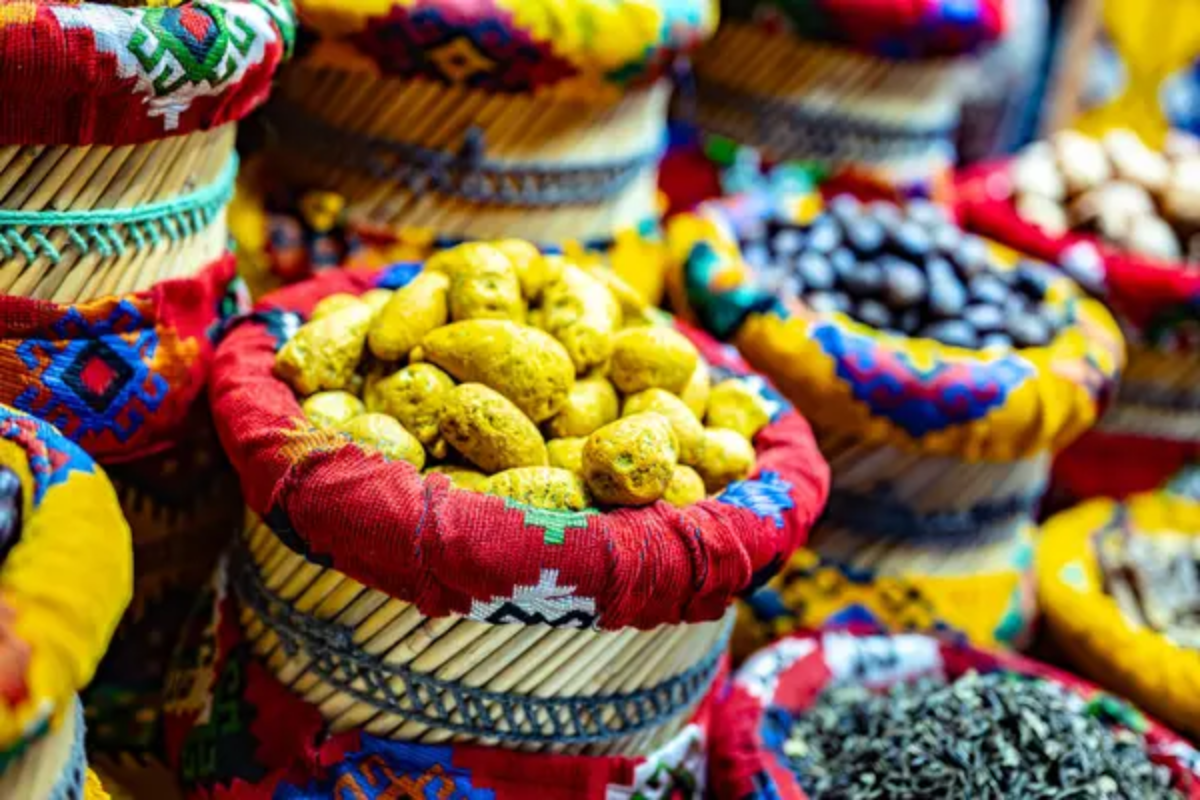
The traditional Omani market contains virtually no traffic control devices but hundreds of stalls selling frankincense and ceremonial daggers. The ancient trade route continues much as it has for centuries, prioritizing commerce over traffic management.
The narrow, roofed passageways create an atmosphere where time seems to stand still, except for the constant evolution of souvenir offerings that now include miniature Omani forts alongside traditional incense burners.
Vatican City Perimeter, Italy

The tiny sovereign state may have limited traffic signals, but the streets surrounding it contain a remarkable density of religious souvenir shops. Vendors selling Pope snow globes and blessed rosaries create a commercial barrier around the holy site.
The contrast between the sacred atmosphere inside and the rampant commercialization outside creates a bizarre transitional zone where spirituality and souvenir purchasing coexist in uneasy balance.
Like Travel Pug’s content? Follow us on MSN.
Copacabana Beach, Rio de Janeiro

The famous Brazilian beach has a surprisingly low count of traffic signals along its promenade, but countless vendors sell identical Havaianas flip-flops and Brazilian flag merchandise. The beachfront ecosystem operates on its commercial rhythm independent of urban infrastructure.
Visitors can walk for miles, encountering hundreds of opportunities to purchase coconut water and miniature Christ the Redeemer statues, but very few regulated crossings.
Temple Street Night Market, Hong Kong
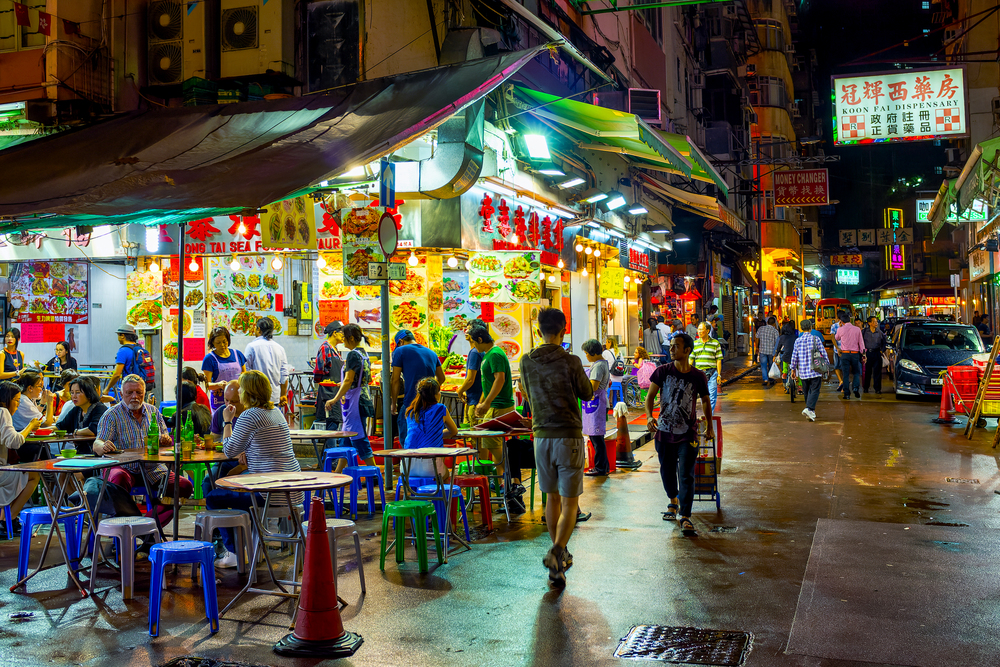
This vibrant market springs to life after dark, with hundreds of stalls operating in an area with minimal traffic signals. The pedestrianized shopping experience offers everything from cell phone cases to fortune-telling services without interruption from modern infrastructure.
The density of identical merchandise creates the optical illusion that the market extends infinitely, a commercial Möbius strip where you somehow end up where you started despite walking in a straight line.
Old Arbat Street, Moscow
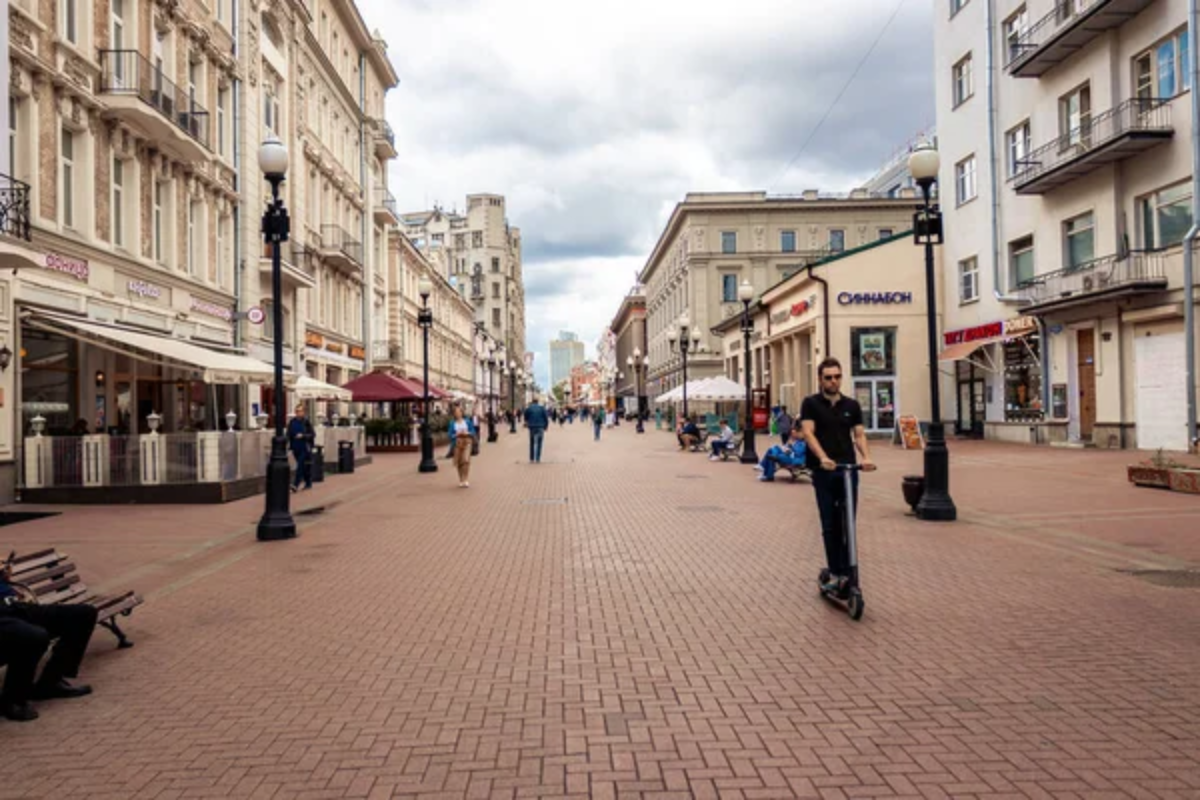
This historic pedestrian street features virtually no traffic lights but a remarkable concentration of matryoshka doll vendors and Soviet hat sellers. The walkable thoroughfare demonstrates Russia’s embrace of tourism-focused commerce despite its complex political history.
Visitors find themselves in a bizarre time warp where communist memorabilia sits alongside contemporary souvenirs, all without the intrusion of modern traffic management systems.
Like Travel Pug’s content? Follow us on MSN.
From Stalls to Stories
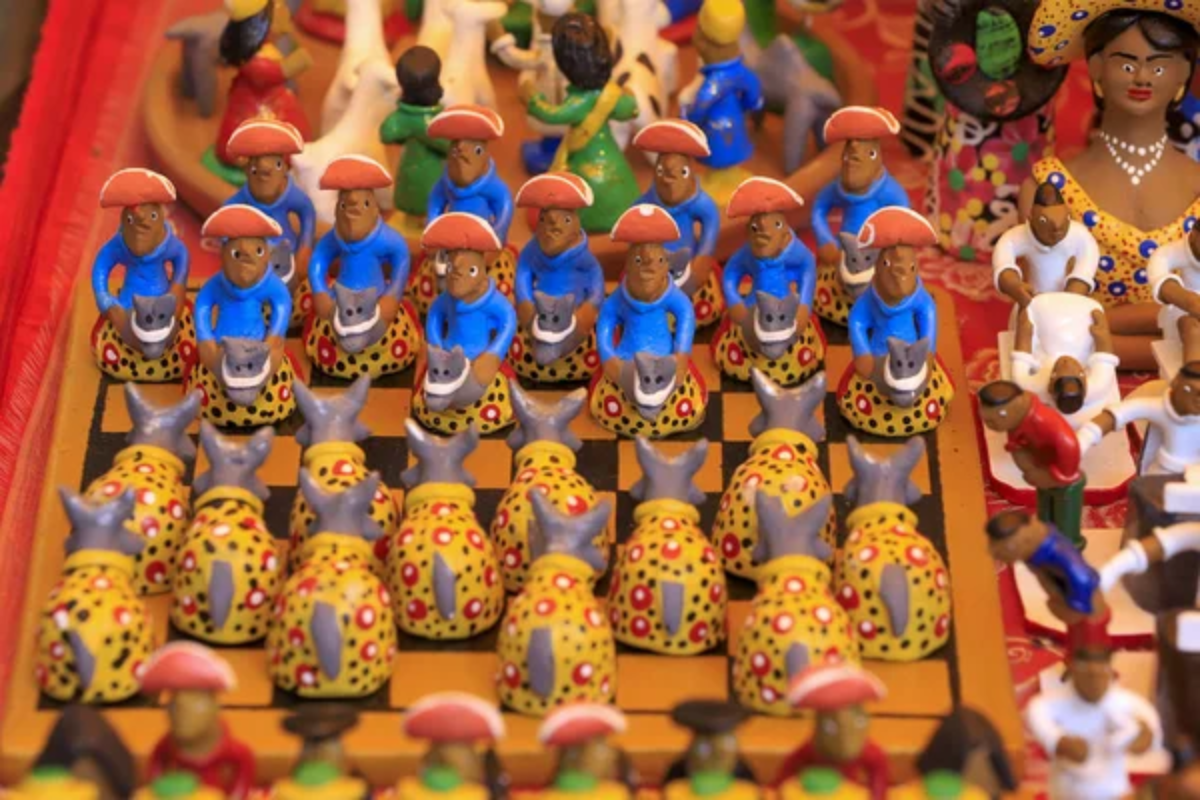
These souvenir-saturated places reveal how tourism transforms spaces, creating commercial ecosystems that often overshadow their original identity. What began as authentic cultural centers has evolved into carefully crafted shopping experiences that paradoxically both preserve and commodify local heritage.
The persistence of these markets in our digital age proves that despite having photos on our phones, we still crave physical tokens of our travels, even if those tokens come from places where commerce has outpaced infrastructure.
More from Travel Pug

- Cities Growing so Fast You Won’t Recognize Them in 10 Years
- 13 Destinations Where Tourists Regularly Regret Their Trip
- 16 U.S. Cities That Are Quietly Becoming Travel Hotspots
- Where to Travel If You Love Long Bus Rides and Daydreams
- 20 Cities Perfect for Solo Travelers Who Crave Adventure & Culture
Like Travel Pug’s content? Follow us on MSN.
